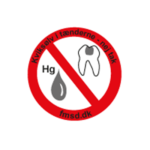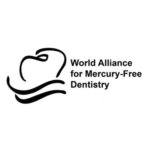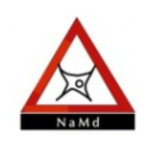Amalgam fillings consist of about 50% highly toxic mercury. In dentistry, this material has been highly controversial since its introduction at the beginning of the 19th century and was even temporarily banned in the USA. However, the use of this material has been able to assert itself primarily due to a lack of cost-effective alternatives. In addition, advocates assumed that mercury was firmly embedded in the fillings. Since a WHO study in 1991, however, it has been confirmed that mercury constantly dissolves from the fillings, more than is absorbed by humans through food or breath.
Even relatively small amounts of mercury can cause serious illnesses. The amount of mercury released from amalgam fillings depends on the number and nature of the mercury. The surface should be polished and smooth, but it will wear off over time even after good preparation. In the mouth, mercury dissolves especially when chewing or grinding teeth, eating hot food or in very acidic conditions. Mercury is also released by corrosion and electrochemical processes in the presence of other metals. However, the highest exposure to mercury from amalgam fillings occurs when the fillings are mixed, placed and drilled out (care should therefore be taken not to use a high-speed diamond drill when removing the fillings, but suitable instruments to remove the largest possible filling fragments at low contact pressure).
Dental amalgam should be banned as it is known to cause adverse health effects
particularly when the extent of exposure is high in individuals who have reduced ability to
remove mercury from their bodies.




















